So, today is the last in our multi-episode series to walk you through the 2009 Winter Wonderland Workshop, from February 16th to the 24th, 2009. We pick up the trail on the morning of the 23rd, when we visited a blue waterfall and had a brief excursion to heaven, then made it back for a pink mountain top shoot at Sunset, all in one day.
On the morning of the 23rd of February, 2009, we left the hotel before sunrise and walked around to the Shirohige Falls, which means basically White Beard Falls, which are actually not white, as much as they’re blue. Let’s look at image number 2190, to see what I mean. There is nothing done to this image that I don’t do to all of my images on import, which is add 18 clicks of Blue and Green saturations, and 50 clicks of Red saturation, in Lightroom. What I’m doing there is giving me that Velvia feel that I liked when I used to shoot slide film, but as I say, I do this to pretty much all of my shots, so it shouldn’t be difficult to agree that these falls are blue! It’s the mineral content apparently that makes them this way, but the blueness does vary from day to day. On this day, I think at least, they were pretty spectacular. You can’t get down to the water level. You have to shoot from a bridge, quite high above the water, but there are trees on the bank on this side of the river, which would obscure your shot anyway. I uploaded a vertical and horizontal version of these falls. The vertical version gives us a view of both the water and the river running before it, whereas the horizontal concentrates more on the river. Because I got in even closer on the horizontal version though, you can see more detail in the back of the falls with the moss and everything, so both have a lot going for them. The falls themselves are actually much wider than we can see in this image, but as you go wider to capture the whole scene, you get lots of snow either side with messing things up a little, so I prefer the tighter crop.
I used the 5D Mark II for this shot. For most of this day the 5D Mark II was my main camera. I’d shot a little video of the various places we visit, and the weather was good, so I wasn’t worried about the camera failing. Last week I’d mentioned a trip that I couldn’t stop thinking was to Iceland, where a number of 5D Mark IIs died, but I’d like to thank David Burren, who was actually on the trip, for posting a clarification on our forum at martinbaileyphotography.com. David pointed out that it was Antarctic and not Iceland. I’d known this, and had said it was Antarctic when talking about this to the participants on our Hokkaido trip, but for some reason, I couldn’t get Iceland out of my mind when preparing for last week’s podcast. Anyway, thanks for the clarification David. Apparently around one quarter of the 5D Mark IIs failed in Antarctica, which was 5 or 6 out of around 25 bodies. Some of them recovered, and some didn’t. I personally still think that this is a lot, especially when you consider that many people were using rain covers. I’ve started to wonder if it was the covered that compounded the problem. I personally rarely use rain covers, preferring to just wrap a cloth around the camera when I’m not using it, or draping it over the camera when I am. The wicking effect is enough to keep the camera relatively dry, but it allows it to breath. If you put a cover around the whole body, you’re essentially trapping any humidity in the cover, and if it’s a cover that you put your hand inside, which would probably make things even worse. Anyway, that’s just speculation.
I do want to reiterate that I do love the 5D Mark II. I am enjoying shooting with it, and think it’s a great camera. It’s nice to be able to get the same sized images as those from my 1Ds Mark III in a camera a quarter of the price.
Back to the waterfall though; I shot this image at F13 for 1/2 a second, with ISO 50, which gave me the dreamy running water effect. For a while when we were shooting, we were all getting soft shots, so I was pleased that I realized that this was because we’d left the Image Stabilization turned on, on our lenses. Although modern IS is supposed to sense when it’s on a tripod and not function, it seems that the running water of the falls was tricking the IS, and making it try to correct it. Luckily I figured this out while we were there and alerted the group to this, so we could turn it off and get some good shots before we left.
We walked back to the hotel, literally just three minutes from the bridge, had breakfast, then set out. It was actually really nice this day, because this was the only place on the tour where we’d be in the same hotel for two consecutive nights. This meant that we didn’t have to pack up all our stuff before leaving after breakfast. It felt like quite a luxury after eight days on the road now.
We were heading for the Tokachi mountain range. There’d been a lot of snow fall, so the driver wasn’t confident that we’d be able to climb the winding road to my proposed location. We found ourselves slipping a little bit on the way, but we made it. I have to say though, that even I was not prepared for the view we got when we climbed a snow bank, to peer out across what I can only describe as heaven on earth. Let’s take a look at image number 2192. Now, rarely am I secretive about the locations I take people to, but this is one that I am not going to go into too much detail about, because we will probably be kept from shooting from here if hordes of visitors start to turn up here to shoot, and I definitely want to take the participants of future tours back to this place. It would of course not be the same without the fresh snow fall that we’d had, and that dramatic sky adds so much to this image. Other highlights for me are the animal tracks that work their way down the ridge on the left of the frame, down through the trees, then around the bottom of the valley by the stream, then off through the valley and out of site. You can’t see this very well in the Web version, except for around the bottom of the valley like a U shape, but in the large version, you can trace these down the hillside. You can actually see it better in the next shot, but let’s give you some more information about this before moving on.
Whenever I buy a new piece of kit I always feel happy when I get to use it, for something special. It makes me feel happy in my decision to lay out what is often a significant amount of money, for some of that high end L glass from the big C. This was another time on the tour where I was incredibly happy that I’d bought the 14mm F2.8 II L lens. It felt as though the angle of view was made for this valley. I’d done some shots with my other lens, working my way across the valley, to stitch them back together later in Photoshop, before I put the 14mm F2.8 on. I haven’t even tried to stitch them together yet though, because this just does it all for me. I will give it a go, and see if I can make something that is as good, but with more pixels. I have printed this one out too though, at 13×19, and it’s another one of those hairs-on-the-back-of-my-head-standing-up sort of shots. I just love it. It was shot at F8 for 1/1250th of a second, with ISO 100. As I said, I was shooting with the 5D Mark II for most of the day, including this one. I have some video clips from this location as well, which I still haven’t looked at. I will do soon though. I’m hoping they’ll bring back some of the magic of the location, as the clouds move slowly across the sky.
In image number 2193, even in the Web version, you can see the animal tracks that I mentioned. I’m thinking that these are probably fox tracks, as the animal was moving alone. If they were deer tracks, there’d probably be many more of them, because deer usually travel in herds. It was difficult in this shot for frame it with all the corners clean and I thought about cropping the bottom off slightly to get right of the top of that tree that is creeping into the shot. This is what I had in mind when I framed the image. I haven’t done that yet, but haven’t decided not to either. Another thing I was conscious of is that tree just above center to the right, and the other tree just below it to the left. These two trees positioned as they are were pretty important to me. The other thing though is the tonal qualities of the snow. I had noticed that as the cloud partially covered the sun, enough to stop harsh shadows at least, we got a beautiful gradation between the steeper and less steep parts of this slope. We have a band of darker snow running diagonally from top left to middle right, with lighter patches in the top right and bottom left, and the gradation between center and bottom left is in my mind pretty special. That also is pretty much where the animal tracks run across the image, which makes it even better in my opinion. Because I’d waited for more cloud cover here, I needed 1/500th of a second at the same F8 aperture now, and using manual exposure I had of course needed to keep my eye on this.
In image number 2196, I’d switch the 70-200, that I used for the last image for the 300mm F2.8 lens. Now I wanted to single out some of the peeks of the Tokachi mountains, as they were enshrouded in mist and clouds, as we can see here. Still at F8, this scene required a shutter speed of 1/1000th of a second. Not quite as special as the last few shots, but still, the rugged beauty of this mountain comes through in the image I think. I should mention that I did not use a polarizing filter for any of these shots, and suggested that the participants didn’t either. The main reason is because we were shooting towards the sun. I don’t think the polarizer would have made the blue of the sky very much darker. Also, when shooting these snow scenes, you often find that the sky is recorded quite blue enough. In the first shot we looked at I think the balance is pretty much spot on, and here too, if we’d gone any darker, it would have started to look polarized, which can be taken too far in my opinion.
It was incredibly difficult to pull ourselves away from this location. No one wanted to leave! We had to though, because we had plans. We went back to Biei, and shot the trees that we’d shot the day before, in clearer conditions with dramatic skies. I ended up not uploading any of these images myself, preferring the one that were almost totally whited-out, that we looked at last week. But I’ve started to see some of the shots from the other participants now, and like what I see. I might have to revisit some of the images that I culled out originally. After shooting the trees, my plan was to go to one of the higher points in the area to shoot the sunset and hopefully, if conditions were right, the warm sunlight of sunset hitting just the tops of the Tokachi and Asahidake mountains, both of which we’d become quite intimate with.
As we can see in image number 2198, we got a little bit lucky with the sunset. There was some nice cloud formation and the sun broke through slightly, making some nice rays. I shot this with the 70-200mm F2.8 lens at F11 with a shutter speed of 1/160th of a second, ISO 100. Again I shot a bit of video too, but haven’t looked at it yet.
The plan came together pretty nicely here too though, as we can see in image number 2199. This is a stitch of three horizontal shots taken with the 600mm F4 lens, and it is Mount Asahi, where we’d been the previous day, shooting around the bottom of the ski slope. If you zoom in to this image, you can actually see the cable car lines running up the side of the mountain, and the station that we’d gone up to a few days earlier, in the hope that the sky might clear a little. It’s just before the volcanic vents that you can see pluming out steam just left of the center of the frame, below that belt of cloud. The warm sunset was bathing the mountain in a beautiful pink colour, but it was working its way up the mountain pretty quickly. I also shot the Tokachi mountain that we’d visited earlier, which was similarly pink, but it wasn’t as nice as this, shot, by the way, at F5.6 for 1/100th of a second, with ISO 100.
As the light dropped, I lowered the shutter speed to 1/60th of a second, for image number 2200. Here I tried a non-conventional composition, for which I was later cursed at on the bus by one of the participants, in a good way of course. The sun was not only lighting up the top of the mountain that we can see here, and so I decided to move that to the bottom of the frame, leaving a lot of sky above, which I feel makes the mountain seem somehow free and untouched. There’s a little dark cloud in the top right, which breaks up the total nothingness that the sky would be otherwise, so all in all I’m quite happy with this shot to end the eighth day of the trip.
Having seen this beautiful mountain on a clear day from afar, we decided that if it was clear when we got up the next day, we would go back there, for one last try to go up in the cable car to photograph the summit and the volcanic vents etc. And that is what we did. The sun was shining and the sky was clear as we set off, but again, when we got there, the mountain had created its own weather, and conditions were pretty much the same as the first few times we’d visited. We’d already done everything that we’d planned for these last three days, and so nothing was lost, but we didn’t really have that productive a last day. We went back and shot a river at the base of this mountain, but I was not that excited about my resulting images. Chris, the guy that had only joined us for the last three days of the tour though, pulled some great images out of this last location. I think he was still fresh, and hungrier than the rest of us at this point to make the most of the trip, which he certainly did. Keep your eyes out for the book that I’ll put together of photos from all the participants. I’m sure you’ll see some shots from this last day in there.
And that brings us almost to the end of the series. I made another recording with my phone, that I’ll play us out with. There’s not a lot else that I have to say, except that if you are interested in joining us for next year’s trip, I will be posting details and starting to take orders from my workshops Web site very soon, hopefully no later than the end of April. Check out www.mbpworkshops.com for details. I’ll say good bye for now though, so you have a great week, whatever you’re doing, and here’s the audio clip from the bus.
Show Notes
For details of the workshop itself, including next year’s workshop once the site it updated, please check out my workshops page.
The music in this Podcast was created and produced by UniqueTracks.
Subscribe in iTunes for Enhanced Podcasts delivered automatically to your computer.
Download this Podcast in MP3 format (Audio Only).
Download this Podcast in Enhanced Podcast M4A format. This requires Apple iTunes or Quicktime to view/listen.


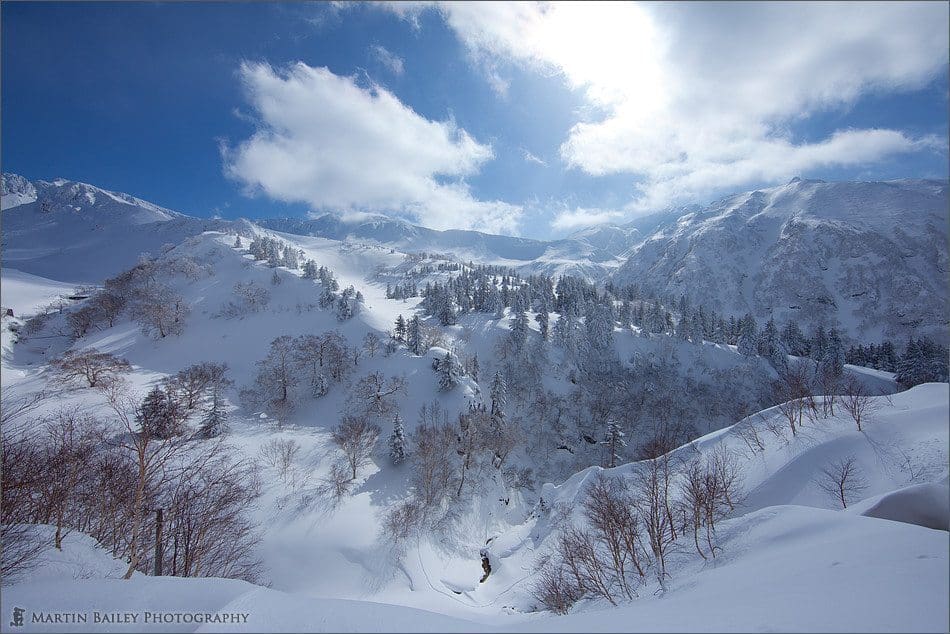
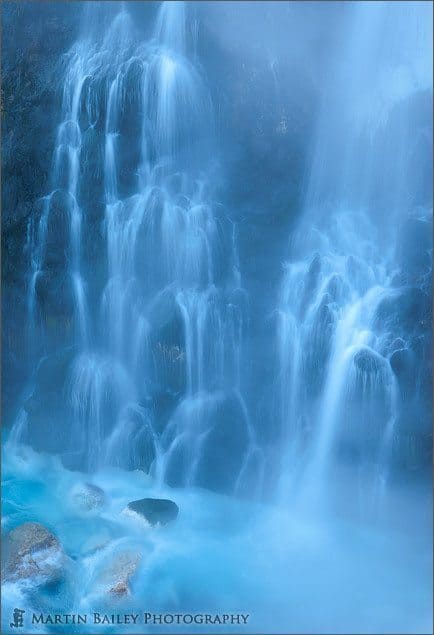
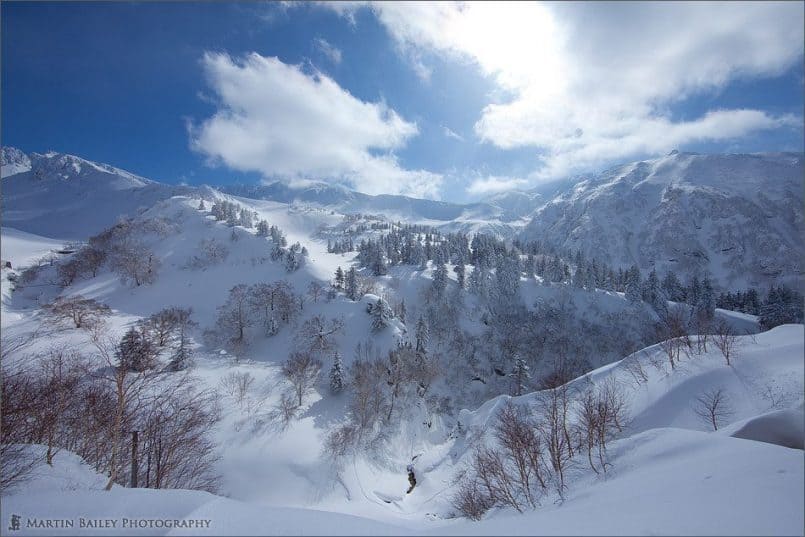
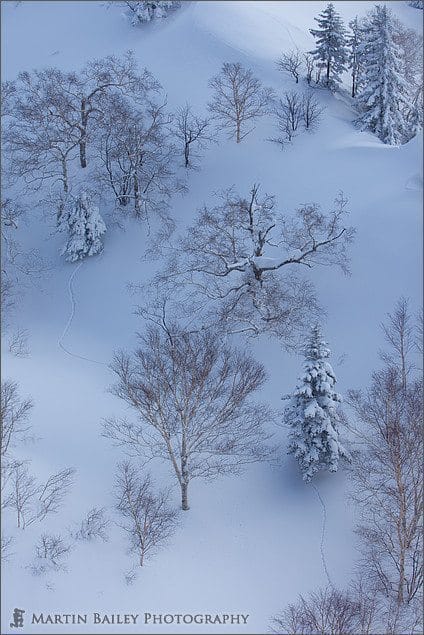
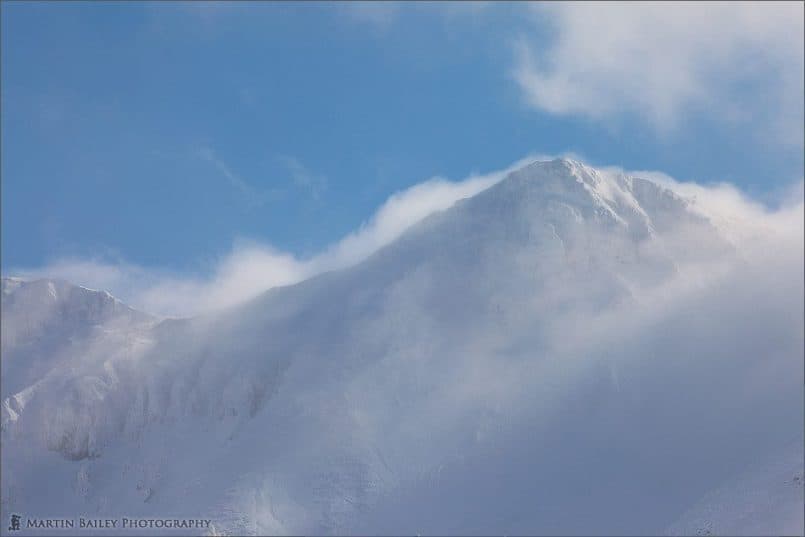
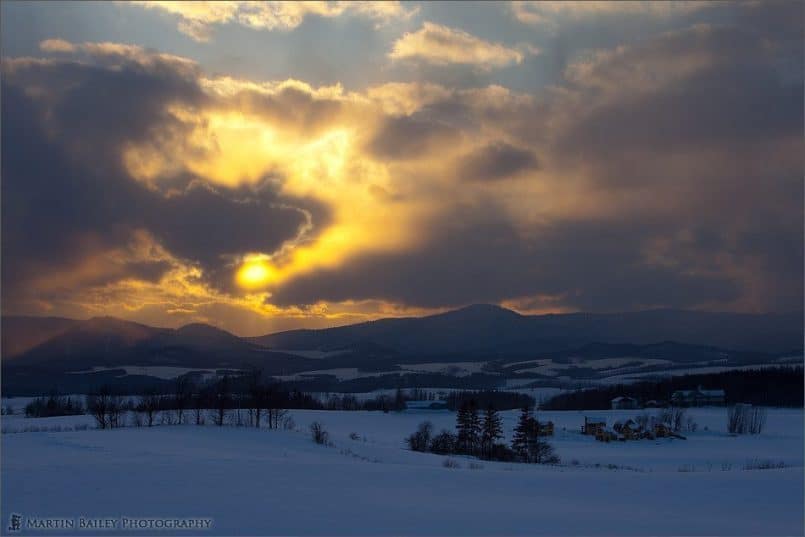
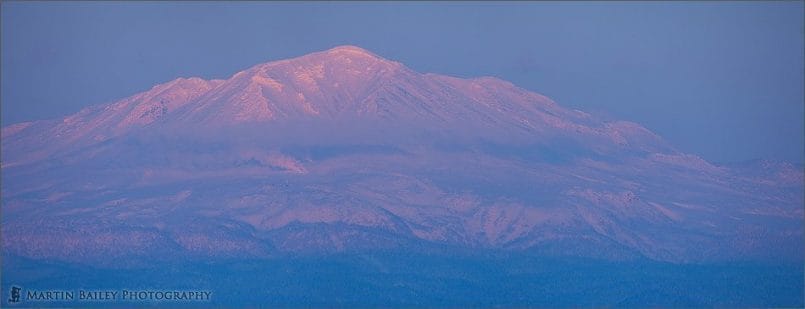
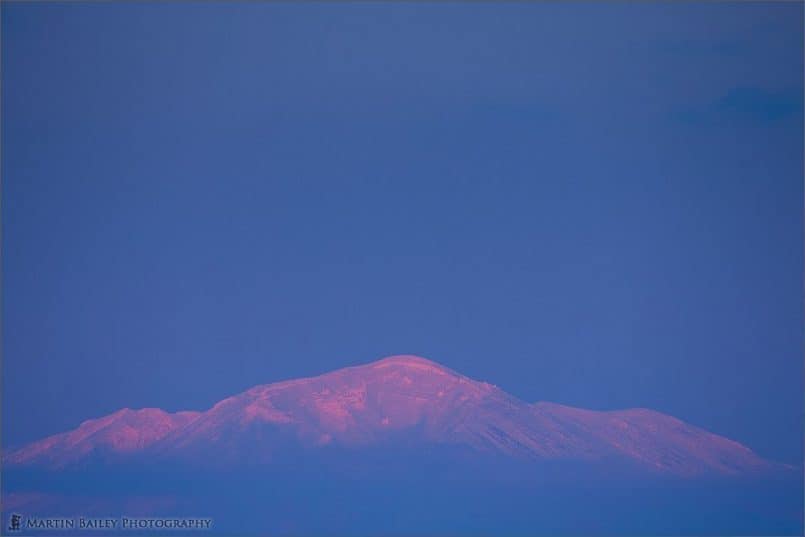

0 Comments